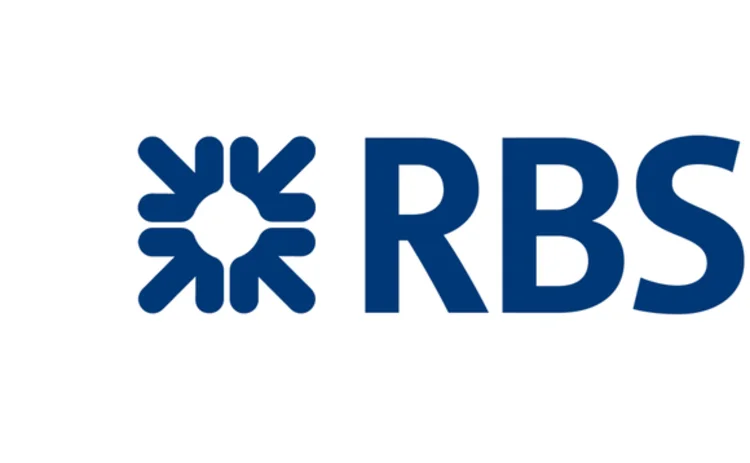
Sponsored statement: Royal Bank of Scotland

Call overwriting, or the strategy of shorting calls on stocks one owns, is one of the best-known yield-enhancement techniques for equity investors. This short-volatility strategy, also known as ‘covered call writing’ or a ‘buy-write strategy’, is so popular that the Chicago Board Options Exchange (CBOE) has constructed indexes that specifically track the performance of call-overwriting strategies. The first buy-write strategy index – the BXM, introduced in 2002 – is based on a strategy of selling monthly covered at-the-money (ATM) calls on the S&P 500. Numerous empirical studies have shown that, relative to the S&P 500 itself, the BXM generates superior returns on a risk-adjusted basis, and sometimes (depending on the period) even on an absolute basis as well, i.e. with both higher average returns and lower volatility.
The overpricing of implied volatility is one of the main drivers behind the success of call-overwriting strategies. Theoretically, implied volatility can persistently trade above realised volatility if investors are risk-averse and willing to pay an ‘insurance premium’ to reduce uncertainty and limit losses. Empirically, this implied-realised spread appears to be around two percentage points, although it varies by index and time period. Because of this spread, it is on average profitable to short options – hence the popularity of short-volatility strategies such as call overwriting.
Not surprisingly, in the past decade or so, a host of funds have been launched to track the BXM or a similar call-overwriting strategy on a US index. The benefit of selling calls on one’s equity portfolio was reinforced by the global financial crisis in 2008, as the premium received for shorting calls rose sharply in the high-volatility environment, and little upside was foregone as equities sold off.
Outside of the US, covered call writing is also a recognised investment strategy with established ‘buy-write/covered call’ indexes and funds dedicated to this strategy on Australian, German, Swiss, UK and pan-European indexes.
In Asia, call overwriting has proven less popular. On indexes such as the HSI, HSCEI and the KOSPI, investors have typically not pursued call-overwriting programmes, but remained more focused on the upside. This may be due to greater investor risk appetite or to the extraordinary growth of the underlying companies and economies in recent years.
Even in Japan, a more mature and less buoyant market, call overwriting on the index has not been widely practised, though it would certainly have made sense to do so. For example, monthly shorting of ATM calls would have boosted Nikkei returns by over 7% per year (in an RBS backtest from November 2005 to October 2010) and lowered volatility.
In the faster-growing economies of non-Japan Asia, a slight variant of the ATM call-overwriting strategy proved more effective empirically. For the KOSPI and HSI, it has been possible to outperform the market by shorting slightly out-of-the-money (OTM) calls every month while being long the index. The strategy still exploits overpriced implied volatility, but gives up less upside, which has been more important for these indexes.
We conclude with some compelling empirical evidence. For the Nikkei, Hang Seng and KOSPI, a covered call-overwriting strategy significantly outperforms the index, and should strongly be considered as a less risky, higher-performing, equity alternative.
Click here to view the article in PDF format
Sponsored content
Copyright Infopro Digital Limited. All rights reserved.
As outlined in our terms and conditions, https://www.infopro-digital.com/terms-and-conditions/subscriptions/ (point 2.4), printing is limited to a single copy.
If you would like to purchase additional rights please email info@risk.net
Copyright Infopro Digital Limited. All rights reserved.
You may share this content using our article tools. As outlined in our terms and conditions, https://www.infopro-digital.com/terms-and-conditions/subscriptions/ (clause 2.4), an Authorised User may only make one copy of the materials for their own personal use. You must also comply with the restrictions in clause 2.5.
If you would like to purchase additional rights please email info@risk.net